Have you ever waken up not being able to move a muscle, and with a scary feeling that a presence is in your room?

Today I decided to write about something I’ve been experiencing a while ago, but recently it happened again. This weird and scary phenomenon is called sleep paralysis.
My last sleep paralysis experience went like this: I had a dream and in this dream I went to sleep. I was lying on my right side and suddenly I felt like someone was behind me, trying to grab me. I tried to move my head and turn around but I couldn’t. In that moment I realized I was dreaming so I tried to wake up, to scream, to move. I couldn’t. I felt a sensation on my back, like the presence was grabbing me already, and a weird feeling flowed through my whole body. I heard a loud noise that is hard to describe. It was like a disrupted signal wheezing sound, if you can imagine. Because it happened before I knew what it was but that didn’t make it less scary. So I put all my effort into moving my body so I could fully wake up. And it took a lot of effort. It lasted only a minute or so, then I managed to move and speak. I was lying in the same position as in my dream and I didn’t really know when the dream ended. It was something between a dream and reality.
Waking up paralyzed is terrifying. No wonder some people describe this feeling as “waking up dead”. And as if waking up without being able to move a muscle wasn’t scary enough, there’s also the “presence” that you see or feel in the room. Some people feel the presence sitting on their chest, crushing the breath out of them.
It’s not a nightmare
Experiencing sleep paralysis isn’t dreaming, so it’s not a nightmare. What is it then? It’s a phenomenon in which a person either during falling asleep or awakening, temporarily experiences an inability to move, speak, or react. During the episode we are still able to breathe normally and fully aware of what is happening. Sleep paralysis is a transitional state between wakefulness and sleep; it’s becoming mentally aware before the body “wakes up” from its paralyzed state. It can last for seconds, minutes or hours, and it usually ends on its own. Making an intense effort to move can also end an episode. Sleep paralysis may occur only once in a lifetime or many times in a year.
Why are we unable to move? During rapid eye movement (REM) sleep, dreaming is frequent, but the body’s muscles are relaxed to the point of paralysis (muscle atonia), to keep people from acting out their dreams.
Sleep paralysis is often accompanied by terrifying hallucinations (such as an intruder in the room) to which one is unable to react due to paralysis, and physical experiences (such as strong current running through the upper body and hearing a “demonic voice”, also whispering).
These hallucinations likely gave rise to the myths of the incubus and the succubus, demons that pin people down in their sleep, also ghost and alien visits. It’s not a new phenomenon, people have tried to explain it for centuries. Accounts of sleep paralysis can be found in Persian medical texts dating back to the 10th century. The first clinical observation was made by a Dutch physician in 1664 who diagnosed a 50-year-old woman with “Night-Mare.” It was believed to be caused by demons or spiritual possession until the 19th century, when it was termed “sleep palsy” and eventually “sleep paralysis” in medical texts.

Swiss painter Henry Fuseli’s painting is said to be inspired by supernatural dream experiences and the growing interest in sleep paralysis among doctors at the time.
In 2015 a documentary about sleep paralysis came out. It’s called The Nightmare and discusses the causes of sleep paralysis as seen through extensive interviews with participants, and the experiences are re-enacted by professional actors.
Science explains
Anyone who has ever experienced this can tell you that it is terrifying and feels almost paranormal, rather than a typical sleep disorder. But science has an explanation for it.
Many people who experience sleep paralysis are struck with a deep sense of terror when they sense a menacing presence in the room while paralyzed. A neurological interpretation of this phenomenon is that it results from a hyper-vigilant state created in the midbrain. More specifically, the emergency response is activated in the brain when individuals wake up paralyzed and feel vulnerable to attack. This helplessness can intensify the effects of the threat response well above the level typical of normal dreams, which could explain why such visions during sleep paralysis are so vivid.
One of the studies of sleep paralysis finds that understanding why it happens helps people feel less distressed after an episode. Believing that sleep paralysis is brought on by the supernatural, on the other hand, makes people feel more unnerved.
So…what causes it?
Sleep paralysis can affect men and women of any age group. It is a fairly common sleep problem. Estimates of how many people have it vary widely from 5% to 40%.
A lack of sleep can make you more likely to have sleep paralysis. It is also more likely if you have a sleep schedule that often changes. So if you are a flight attendant like me, there’s a big chance you will experience it. I started having sleep paralysis episodes when I had problems with sleeping. My insomnia lasted for two months and during that time I experienced sleep paralysis on a regular basis. After that it only occurs every once in a while.
Mental stress may also be a factor. It seems to occur more often when you sleep on your back. Depression, certain prescription medications, and, more recently, an inherited gene have all been linked to sleep paralysis. It can also be a symptom of other sleep disorders, such as narcolepsy. Some researches link it to mental health disorders, such as bipolar disorder.
Bottom line: the less sleep you get and the more exhausted you are, the more likely you are to experience sleep paralysis and other sleep disorders. So avoiding it might be as simple as getting a proper rest. Sleep paralysis on its own is not a serious medical risk, but long term sleep deprivation can be.
How to “wake up”?
As I said before, it’s not a nightmare so you can’t just wake up from it. But there are ways how to wake up your body.
Some people wiggle their toes, fingers, or facial muscles, which helps them wake up the rest of their body. Clenching the fist is also an option. As you cannot speak or scream, coughing is a good alternative to wake yourself up. Although trying to move your body is a natural response in this kind of situation, you can do more with your mind. After all, your mind is awake. If you feel like you are being held down fighting it will only intensify the experience and increase fear. Controlling fear is the most important skill during these moments. I know it sounds impossible, but the best thing is to relax. Controlled breathing is a good way to do it.
After you wake up, get out of bed and turn on a light. If you just stay in bed, the chance of sliding right back into sleep paralysis is pretty high.
Even if sleep paralysis is a scary experience, understanding it can make it easier, and most important, can prevent it. I take it as a wake up call, a reminder that I’m doing something wrong. It’s a way my body is telling me: do something about it, take care of your health!
Hope you find this post interesting. Next time I will write about lucid dreams and false awakenings. Stay tuned!
Nush
Sources:
https://en.wikipedia.org/wiki/Sleep_paralysis
http://www.sleepeducation.org/sleep-disorders-by-category/parasomnias/sleep-paralysis/overview-facts
http://www.livescience.com/27621-sleep-paralysis-scary.html
http://www.buzzfeed.com/carolinekee/sleep-paralysis-is-scary-af#.glxGvdo19
http://dreamstudies.org/2010/04/29/9-ways-to-wake-up-from-sleep-paralysis/




No responses yet